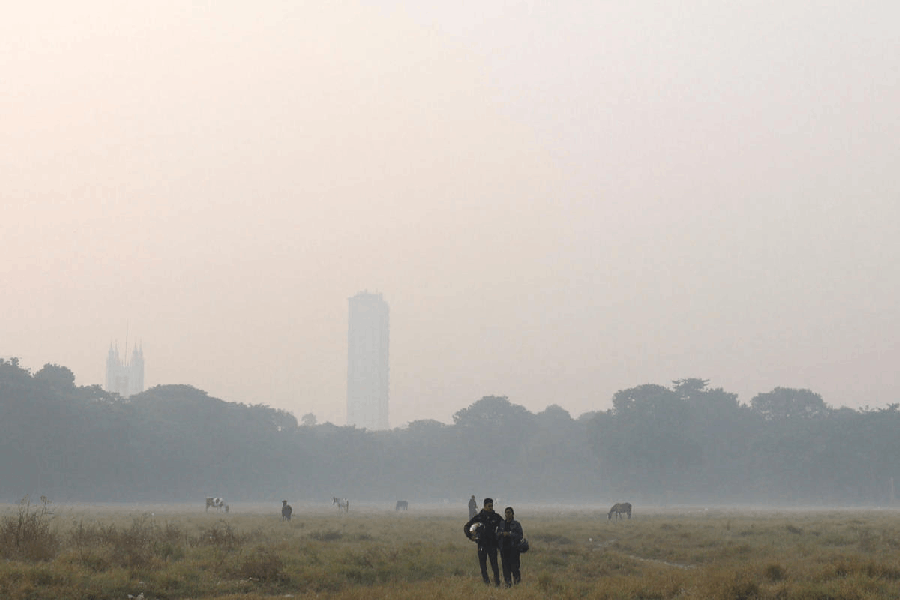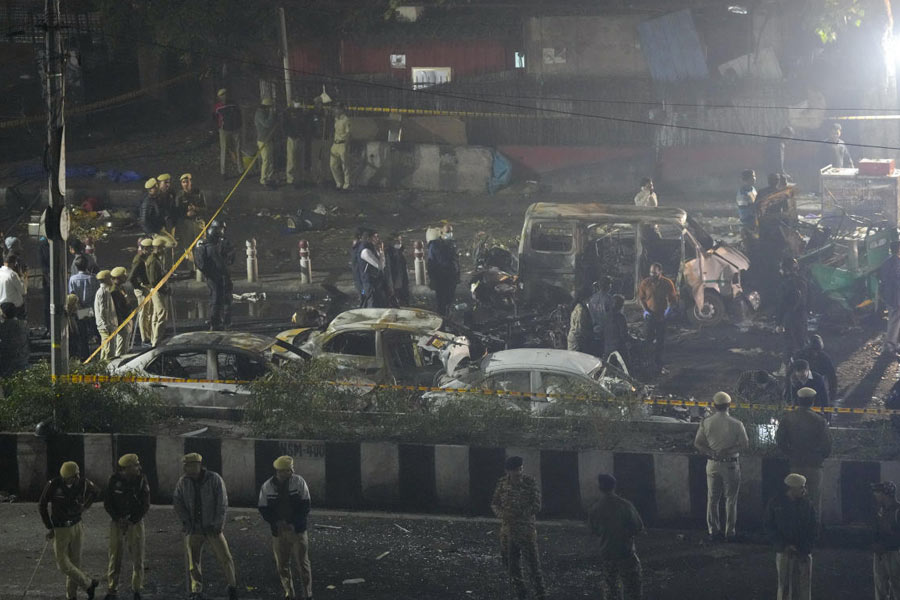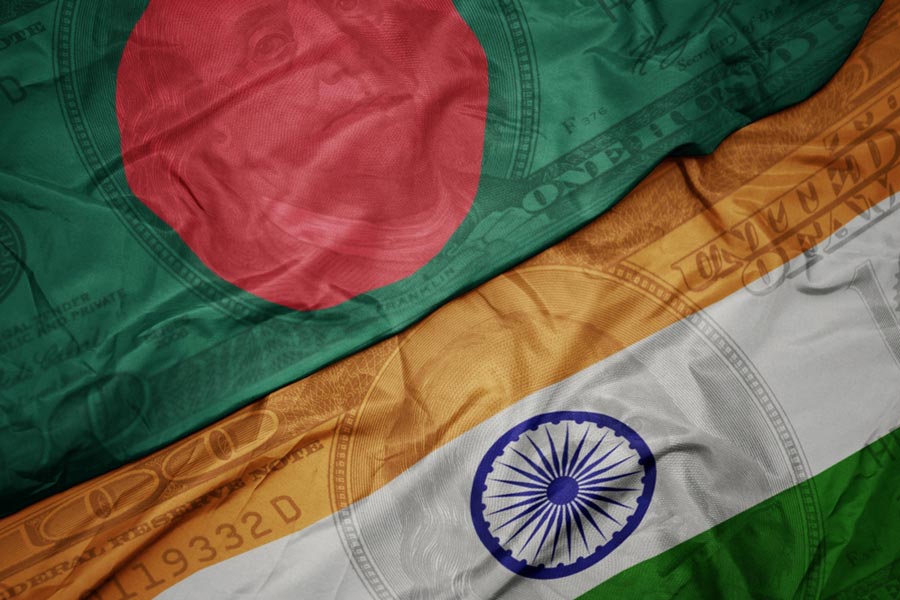 |
| The Basilica of Bom Jesus in Goa |
New Delhi, June 27: A row over the inclusion of a 17th-century basilica in Goa and a Diu fortress in a list of seven wonders of Portuguese origin is snowballing into a “cultural controversy”.
The Goan Catholic Church and the Goa Freedom Fighters Association, whose members spearheaded the opposition to Portuguese rule, have dubbed the move a “hidden cultural invasion”.
Both groups have approached the Centre, urging it to intervene. But officials of the culture ministry refused comment, saying they were “studying the matter”.
The Church appears more upset about the selection of the Basilica of Bom Jesus, which holds the remains of Saint Francis Xavier, a 16th-century Basque Jesuit missionary. It is already on the list of world heritage sites drawn up by Unesco.
The Church has argued that none has the right to declare that the basilica is of Portuguese origin. It is part of Goan heritage, it has said.
The fortress in Diu, near Gujarat, was built in 1535 following an alliance between the Portuguese and a local king against Mughal emperor Humayun.
The New7Wonders Foundation, a Swiss project aimed at conserving world monuments, put the basilica and the fort on its list of wonders on June 10.
The selections were made on the basis of a global survey, through phone and text messages, involving around 2.39 lakh people, most of them from Portugal or with roots in that country.
The foundation is said to have the support of Portugal’s culture ministry. The wonders were chosen from a shortlist of 27 monuments in 16 countries.
But the Church and the Freedom Fighters’ Association are crying foul. Naguesh Karmali, the association president, said: “The Portuguese have no business to claim the basilica and the Diu fort as part of their cultural heritage since the materials and human resources used in their construction were very much our own.
“Moreover, it is a question of our cultural integrity.’’
Goa was a Portuguese colony for 451 years until Indian forces took control in 1961. The Portuguese also controlled Diu. The association argues that the Portuguese used “prisoners of the Inquisition’’ to build their churches, convents and fortresses.
“The labourers were indigenous people who worked until they dropped dead,” said Karmali.
The Inquisition was established in 1560 to punish converts from Hinduism and Islam to Christianity who had returned to their former religion.
“How can colonisers claim what is constructed during the colonial period as theirs? Karmali asked. He added that India needed no foreign assistance to protect its monuments.
The other monuments selected are the Fortress of Mazagao (Morocco), the Old Town of Santiago (Cape Verde), the Church of St Paul (Macau), the Convent of St Francis of Assisi (Brazil) and the Convent of St Francis (Brazil).











